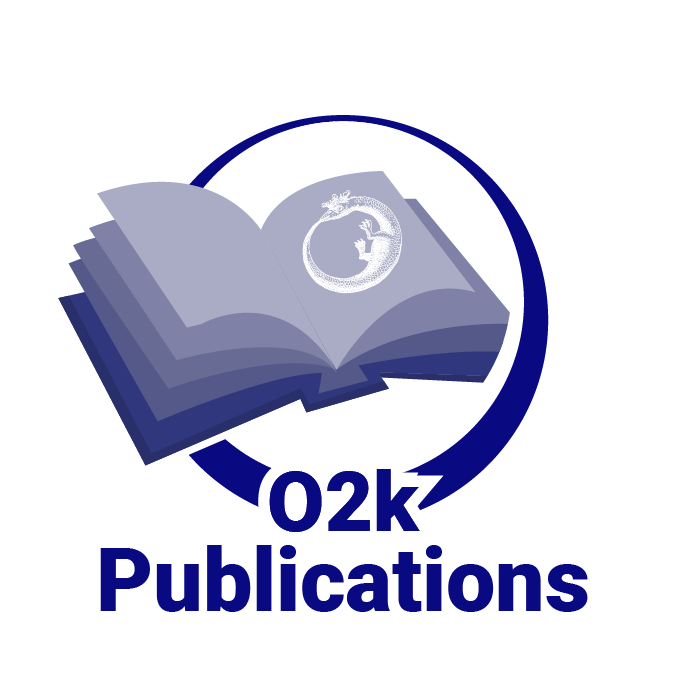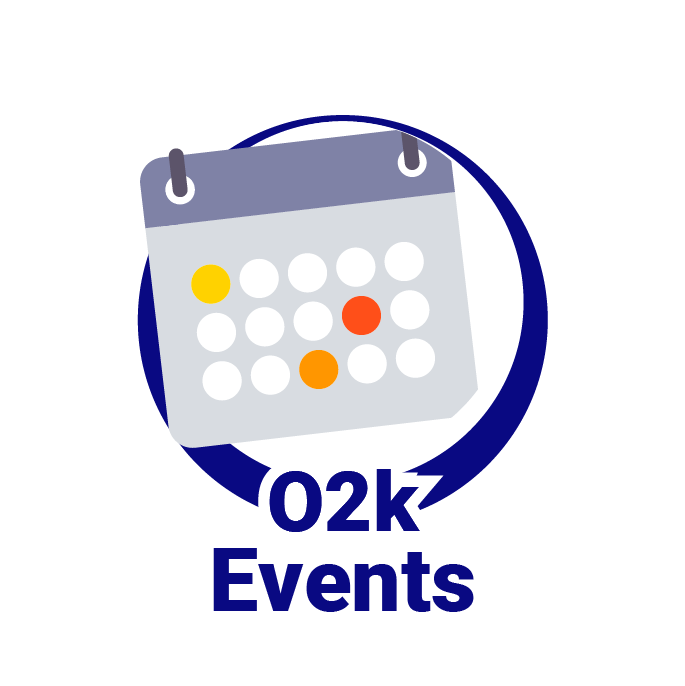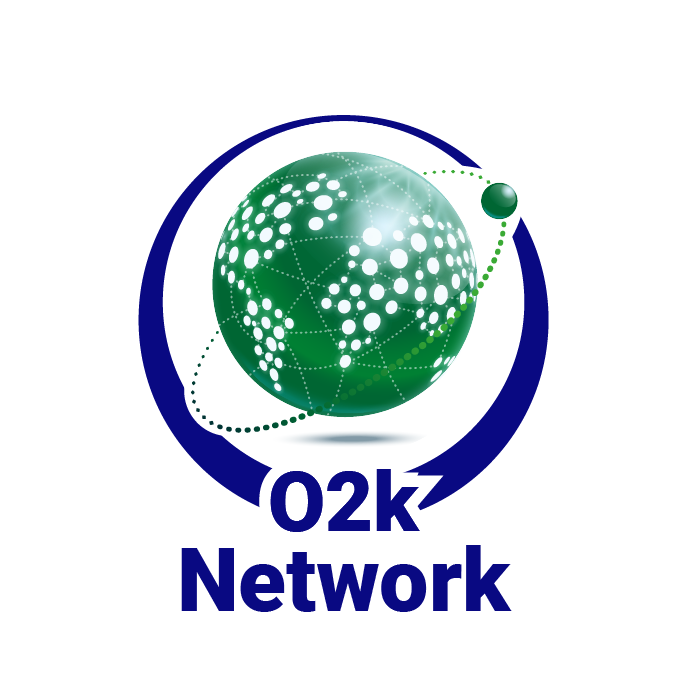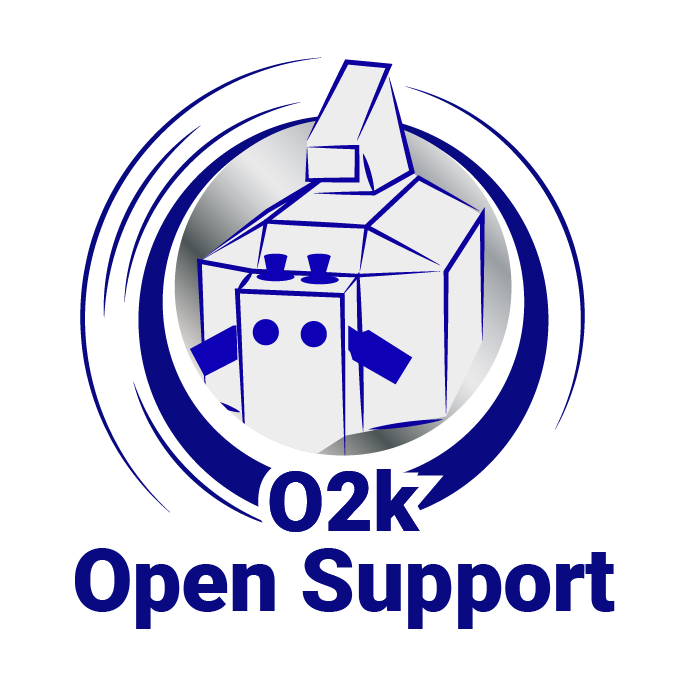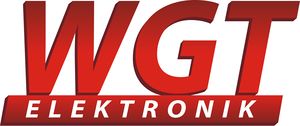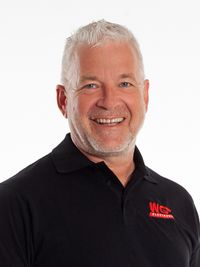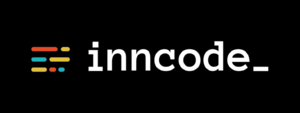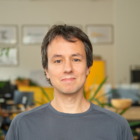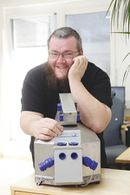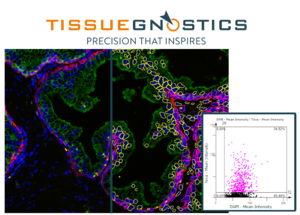Partners in the Oroboros Ecosystem
- Our most important partners are the users of the Oroboros O2k, establishing the O2k-Network
Oroboros O2k: hardware development
Contact
- Philipp Gradl, Geschäftsführer
- Rettenbergstraße 30a
- A-6114 Kolsass
- About WGT
- WGT offers customized implementation of electrical engineering ideas and solve tasks that cannot be covered well with standard components.
- Their service includes:
- Consulting in electronics and electrical engineering
- Circuit design
- PCB layout
- Programming of μ-controller modules
- PCBs and assembly
- Prototype construction, also with mechanical components
- Measurement technology (network analysis, EMC, climate chamber)
- Winding goods, coils, transformers
- Equipment production, single pieces to medium series
- Repairs (in-house and on-site)
- About WGT
- WGT strives to grasp the task precisely and to show the advantages and disadvantages of possible solutions. From this, they develop a feasible offer.
- Cooperation
- During the long-term cooperation with WGT since 2001 they have been involved in the following projects:
- NextGen-O2k: Partner in NextGen-O2k
- O2k-Innovation: Consortium partner in O2k-Innovation
- MitoFit: Consortium partner in K-Regio MitoFit
- MitoCom Tyrol: Consortium partner in K-Regio MitoCom Tyrol
- During the long-term cooperation with WGT since 2001 they have been involved in the following projects:
- Cooperation
- Interview with WGT as k-partners in the development of the NextGen-O2k instrument
>> Interview
- Oroboros Instruments: Could you describe how the partnership between Oroboros Instruments and WGT began?
- Philipp Gradl (CEO): My father was on the radio once speaking about our company and the work it does. By chance Erich Gnaiger happened to hear the broadcast and later remembered this when he needed help evaluating the electronics of his own project. He contacted WGT and that was the lucky start to our long-term collaboration in 2001.
- Oroboros Instruments: What do you see as the main the role of WGT in the development of the NextGen-O2k?
- Michael Walter-Vracevic (COO): The main role is unchanged from other Oroboros Instruments projects. We receive ambitious requirements from the science team and address them with our electro-technical know-how, while maintaining a focus on the perfect balance between the timeline, costs and scope. This is especially important when it is a big project like the NextGen-O2k.
- Oroboros Instruments: What milestones do you have set for this project?
- Michael Walter-Vracevic (COO): Beside the given milestones of the NextGen-O2k project – the integration of the Q-Module and the PB-Module, we have additional milestones for ourselves. The successful final test of the first device with all integrated modules (including the NADH-Module) was a big step for us; as was improving the user-friendliness with a flexible screen.
- Oroboros Instruments: Tell me about the creative process that goes into developing an instrument. How does your creative team work?
- Hannes Schwaninger (Software-Developer): Our development team consists of different people with various fields of expertise, as well as a lot of experience and background knowledge. In our meetings we discuss possible solutions and outline them on flip charts or white boards. As far as possible, we always perform "rapid prototyping" so that our customers receive a result at an early stage. The customer's feedback is then incorporated into the further development of the product.
- Oroboros Instruments: The O2k is the basis of the NextGen-O2k, how easy/difficult is to integrate the new aspects of the instrument in it?
- Martin Gollner (Hardware-Developer): One of the biggest challenges was to find a place to accommodate the necessary sensor connectors for the new channels Q (for the Q-Module) and PB (for the PB-Module). Of course, some new circuit details also had to be worked out and the existing circuit parts on the PCBs had to be moved even closer together. This work is challenging but also fits in perfectly with our core competencies.
- Oroboros Instruments: What has been the most challenging/rewarding part of this project?
- Alexander Merth (Hardware-Developer): Due to the integration of the PB-Module and its LEDs, a higher power output was required from the O2k instrument frontend. The new LED supply made it necessary to fundamentally rethink the internal distribution of the channels from the O2k frontend. The solution was to design a combination of O2k-Fluo Smart-Module and PB-Module with a higher power range and to assign the Amp to a separate channel, to continue the versatility of the O2k instrument input channels.
- Oroboros Instruments: Would you like to share something else with us?
- Philipp Gradl (CEO): The "Oroboros" can also be seen in the development history: The first Oxygraph-2k or O2k had a small display which was then left out of subsequent series and now returns again with the NextGen-O2k prototype.
NextGen-DatLab: Software development
Contact
- Markus Haider, PhD
- Rans 10c
- 6071 Aldrans, Österreich
- About inncode technologies
- Inncode Technologies (formerly Htech) is a well-established software development studio founded by Dominik Steinhauser and Markus Haider in 2017. Drawing on their broad knowledge base in computer science, physics, mathematics, and data analysis, accumulated during their work together at the Institute of Astrophysics at the University of Innsbruck, the team has the know-how to create robust and reliable applications for a variety of devices - from microcontrollers and embedded systems to desktop, cloud, web, and mobile. Experienced with C, C++, Qt, Flutter and Python, they offer custom software solutions to solve complex real world problems. With over five years of expertise, Inncode Technologies provides quality and dependable service for all projects.
- About inncode technologies
- Cooperation
- Collaboration between inncode technologies and Oroboros Instruments started in 2017 and HTech has since been involved in the following projects:
- NextGen-O2k: Cooperation with Oroboros Instruments in NextGen-O2k
- Innovationsscheck PLUS: Cooperation with Oroboros Instruments in Innovationsscheck PLUS
- Interview with inncode technologies (previously: Htech) as k-partners in the DatLab 8 software development
>> Interview
- Oroboros Instruments: Could you describe how the partnership between Oroboros Instruments and Haider Technology Consulting (HTech) began?
- Markus Haider: I had just left my astrophysics position at the University of Innsbruck and founded a software development studio with Dominik Steinhauser, a PostDoc I was working with. We were looking for challenging projects in the area of scientific software when I heard that Oroboros Instruments was looking for programmers to write the software for their upcoming NextGen-O2k. Initially we started with a smaller project on the analysis of oxygen kinetics and found that we were a perfect fit together.
- Oroboros Instruments: What do you see as the main the role of HTech in the development of the NextGen-O2k project?
- Markus Haider: Our task is it to write DatLab 8: the data acquisition and analysis software for the NextGen-O2k
- Oroboros Instruments: What milestones do you have set for this project?
- Markus Haider: The biggest milestone is obviously having a fully featured, bug-free and easy-to-use DatLab 8 available at the release of the NextGen-O2k instrument. Of course, there are plenty of smaller milestones. In the first year of the project we completed an important milestone, namely finishing data acquisition and file input and output. We are currently in the early testing phase of the main features, while we continuously add more features and improve usability.
- Oroboros Instruments: Tell us how creativity comes into play when developing software like this.
- Markus Haider: Creativity is of course essential in software development. On the programming side, finding the optimal software architecture is a very creative process. And of course, thinking about how to optimize workflows on the user interface side and rethinking how things could be done requires a lot of creativity.
- Oroboros Instruments: The current DatLab software is the basis of the new one, how revolutionary will the new version be in comparison?
- Markus Haider: I think on first glance it will look like an evolution, which is good because data acquisition software should mainly do its job and help the user to achieve his/her goal in the easiest way possible. Under the hood there are of course many improvements. The new software will be substantially faster due to the use of parallel programming. The new file format is based on the open standard HDF5, improving the accessibility of the data, and enabling easy data analysis in Python and R. Usability and user experience are also considered in every design decision.
- Oroboros Instruments: What has been the most challenging/rewarding part of this project?
- Markus Haider: Working on a software project of this size and designing everything from scratch is in itself a very challenging and rewarding undertaking. However, what is especially rewarding is to see that the many little puzzle pieces of our software now start to work together and enable us to make features which go beyond what was available in DatLab so far. The biggest reward though will be when our software is released and is helping people to do great science - and for us to know that we contributed a little bit towards enabling that science.
- Oroboros Instruments: Would you like to share something else with us?
- Markus Haider: We are thrilled to be a part of this great project and enjoy working together with the awesome Oroboros team.
DatLab: Software development
Contact
- software security networks
- Eduard-Bodem-Gasse 6
- A-6020 Innsbruck
- About ssn
- Software security networks is a small specialist company based in Innsbruck / Austria. Their range of services mainly includes software development services in the areas of medical documentation/research and system development for Linux/Unix. Moreover, they also deal with network technology in WAN and LAN as well as decentralized data backup. In doing so, they make particular use of the free operating system Linux and can, therefore, offer very flexible solutions very cost-effectively.
- In addition to a small but fine range of standard applications, "software security networks" create tailor-made special applications according to customer requirements. They accompany each of their projects from the first idea of the customer to the definition of the individual processes and creation of the specifications, right through to commissioning, testing, and documentation.
- Depending on customer requirements, various high-level languages and databases are used - from ObjectPascal / Delphi via C / C ++ to special Post-4GL development systems, from embedded databases via FirebirdSQL to the "large" database systems such as Oracle or Sybase.
- About ssn
- Cooperation
- O2k-Innovation: Consortium partner in O2k-Innovation
- MitoFit: External consultant of K-Regio MitoFit
- MitoCom Tyrol: Cooperation with Oroboros Instruments in K-Regio MitoCom Tyrol
Abliva
- Contact
- Abliva AB
- Medicon Village
- 223 81 Lund
- About Abliva
- Abliva AB (previously NeuroVive Pharmaceutical AB) is a leader in mitochondrial medicine, with one project in clinical phase II development for the prevention of moderate to severe traumatic brain injury (NeuroSTAT®) and one project in clinical phase I (KL1333) for genetic mitochondrial diseases. The R&D portfolio also consists of projects for genetic mitochondrial disorders, cancer and NASH.
- The company advances drugs for rare diseases through clinical development into the market. For projects for common indications the goal is out-licensing in the preclinical phase.
- A subset of compounds under NeuroVive’s NVP015 program has been licenced to Fortify Therapeutics, a BridgeBio company, for local treatment development of Leber’s Hereditary Optic Neuropathy (LHON) (About us - Abliva).
- About Abliva
- Cooperation
- MitoKit-CII: commercial partner
- Exclusive agreement to license and supply two of Abliva's first generation of succinate/malonate prodrugs as research tool compounds to Oroboros Instruments.
TissueGnostics
- Contact
- TissueGnostics Austria, GLOBAL HEADQUARTER
- Taborstrasse 10/2/8
- A-1020 Vienna
- About TissueGnostics
- TissueGnostics is a solution provider for Precision Medicine and provides fully integrated cutting-edge tissue cytometers including a multitude of configurations from multispectral & high-throughput scanning to contextual tissue cytometry. Their systems allow to scan and quantitatively analyze tissue sections, TMAs, smears as well as confluent cells processed by immunohistochemistry or immunofluorescence. The goal of TissueGnostics is to bring the same type of phenotypical analysis of single cells from Flow Cytometry into tissue context. If you are interested in TissueGnostics products, please follow this link.
- About TissueGnostics
- Cooperation
- With both Oroboros and TissueGnostics providing valuable products and applications for conducting cellular research, cross-promotion benefits not only the companies, but also the customers by increasing awareness of these high-quality products.

